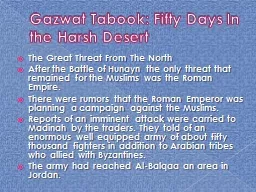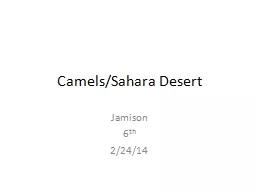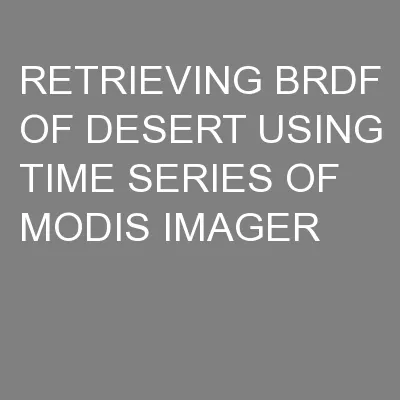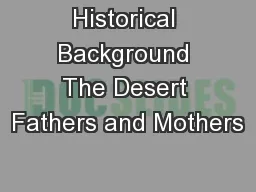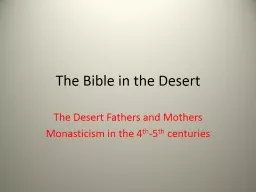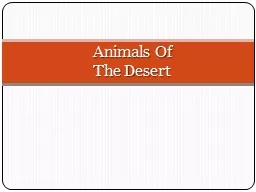PPT-Gazwat Tabook : Fifty Days In the Harsh Desert
Author : myesha-ticknor | Published Date : 2018-07-03
The Great Threat From The North After the Battle of Hunayn the only threat that remained for the Muslims was the Roman Empire There were rumors that the Roman Emperor
Presentation Embed Code
Download Presentation
Download Presentation The PPT/PDF document "Gazwat Tabook : Fifty Days In the Harsh..." is the property of its rightful owner. Permission is granted to download and print the materials on this website for personal, non-commercial use only, and to display it on your personal computer provided you do not modify the materials and that you retain all copyright notices contained in the materials. By downloading content from our website, you accept the terms of this agreement.
Gazwat Tabook : Fifty Days In the Harsh Desert: Transcript
Download Rules Of Document
"Gazwat Tabook : Fifty Days In the Harsh Desert"The content belongs to its owner. You may download and print it for personal use, without modification, and keep all copyright notices. By downloading, you agree to these terms.
Related Documents

